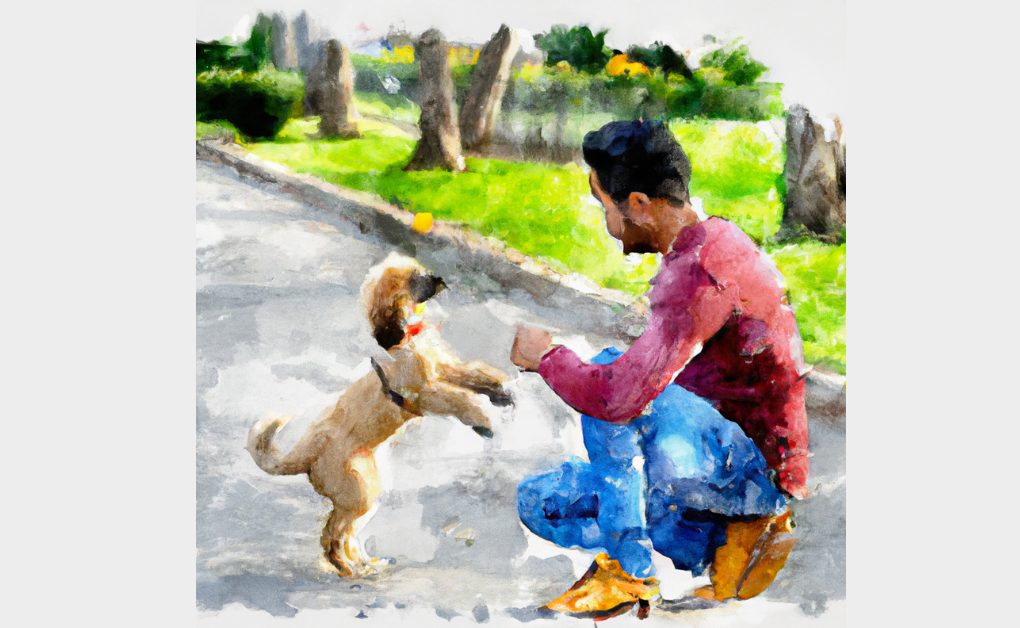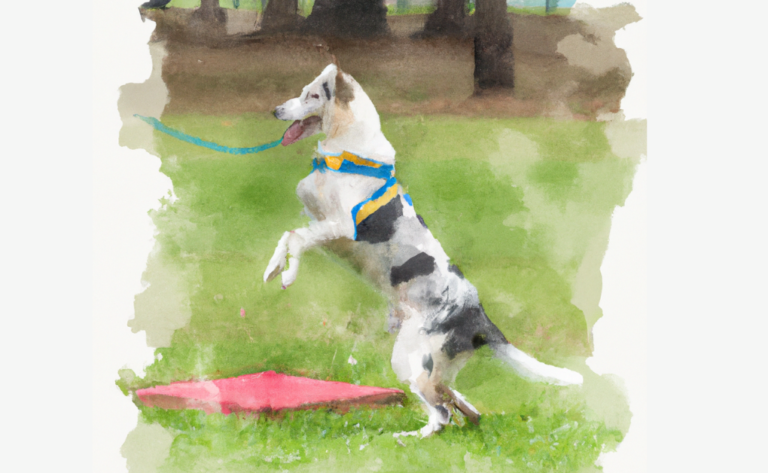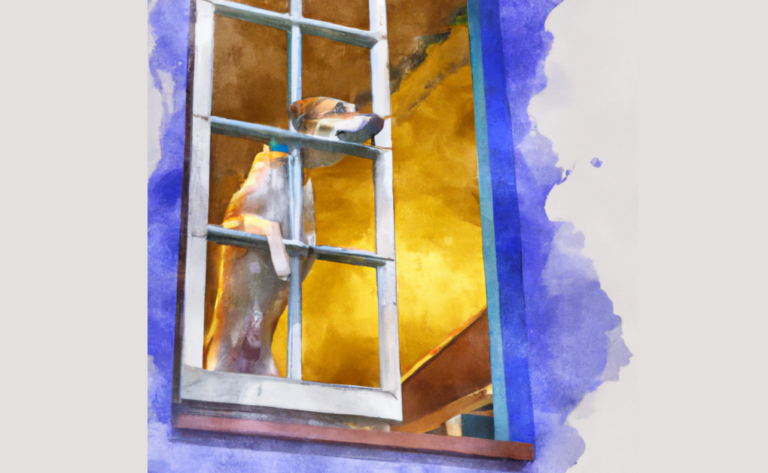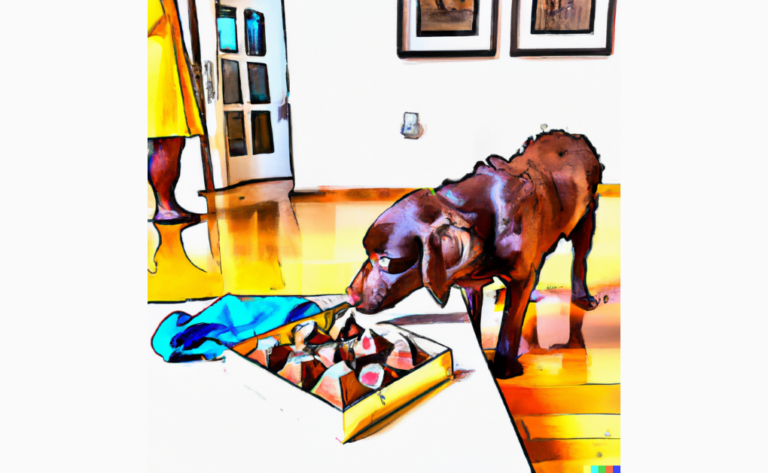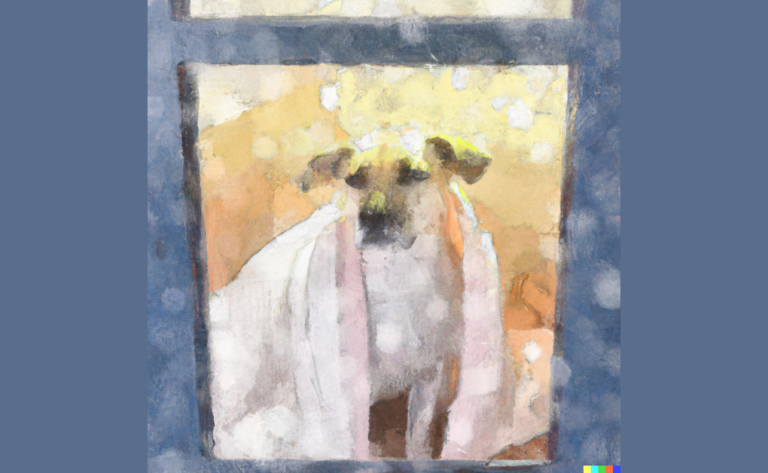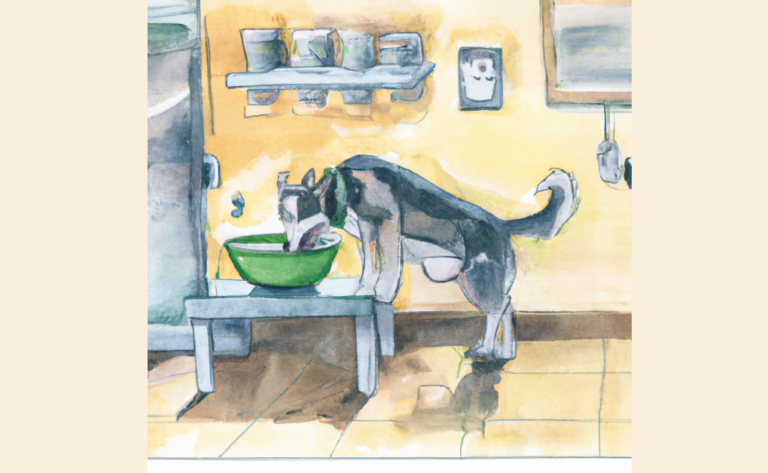Puppy Training Tips & Tricks
Introduction
When Emily brought home her adorable, energetic puppy, Oliver, she was filled with excitement and anticipation of the joyful moments they would share. However, she soon realized that raising a well-behaved, obedient dog required more than just love and cuddles. As the days went by, Oliver’s playful antics quickly turned into challenging behaviors, leaving Emily feeling overwhelmed and desperate for guidance.
Training your puppy can be daunting, but it doesn’t have to be! You can help your pup learn good habits and behaviors that will last a lifetime with the right tips and tricks. In this article, we’ll provide some helpful advice on effectively training your puppy so that you can enjoy a happy and healthy relationship.
Benefits of Training Your Puppy
Training your dog is an enriching experience for both you and your pup. It gives them the freedom to do activities like running off the lead and meeting people, and it also helps keep them from getting bored. In addition, dogs are intelligent animals and enjoy learning new things, so training can be a great way to stimulate their minds.
Having a well-trained pup is like having a best friend. They will listen to your orders, are less likely to bark excessively, and get along better with other animals. Not only that, but it’s also delightful for you and your pup.
The main benefit of obedience training is that it builds trust between you and your pup. In addition, training gives your dog clear commands and boundaries, which means less confusion about what is expected of them. This can lead to relaxed behaviors in unpredictable situations since they know precisely the right thing to do when given a command.
Furthermore, another benefit of training is safety – even if an obstacle arises during walks or playtime, they can respond immediately because they know what’s expected of them. Finally, consistent obedience training can help reduce stress levels for both you (the owner) and your pup by providing structure and routine that both can look forward to daily.
Positive reinforcement is the safest and most effective dog training style recommended by professional trainers. This method rewards positive behavior with treats or praise while ignoring negative behavior. This makes it easy for beginners to train their dogs without resorting to aversive techniques such as those found in the Dominance and Scientific methods, which should only be used with professional guidance. Instead, training your dog can help build a strong bond between you two and teach them essential skills that will make them better-behaved companions.
When to Start Your Training Sessions
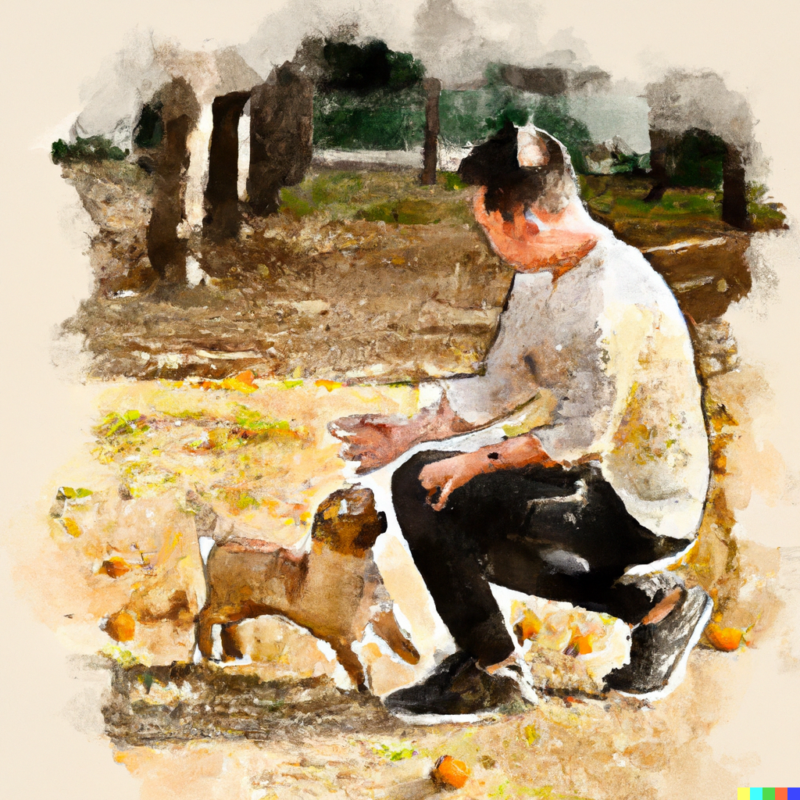
Puppy training should start the day you bring them home. Exercise is not just about obedience commands but also about everyday actions. Puppies learn from their mother and other littermates before they come home, so start training immediately to reinforce what they have already learned.
Training a puppy should begin as soon as they are brought home, usually at eight weeks. Puppies can learn basic commands such as sit, stay, and come. In addition, early training helps puppies develop good habits and form strong bonds with their owners.
Training your puppy is an essential part of being a responsible pet owner. It’s critical to start early and be consistent for your pup to understand what is expected of them. Start by teaching simple commands like “sit” or “stay” and then gradually move on to more complex tasks like walking on a leash or coming when called.
Positive reinforcement is critical when it comes to training puppies; reward them with treats or praise when they listen to commands or perform desired behaviors. This will help the puppy understand that it is receiving positive reinforcement for doing something well, and this encourages them to repeat the behavior in the future.
8 Puppy Training Tips
Training a dog can be daunting, but with the right tips and tricks, it can be an enjoyable experience for you and your pup. Here are some training tips to help you get started:
1. Use Positive Reinforcement Techniques
Positive reinforcement is the most effective method to educate a dog. This type of training focuses on rewarding good behavior with treats, words of encouragement, toys, and physical reactions. Rewards should be given for good behavior to reinforce the associations with good behavior.
Unwanted behaviors should not be rewarded, as this reinforces terrible behavior. When training your pup, you must use a happy and excited tone to encourage them to continue doing what you want them to do. You can stick to specific verbal phrases that your dog will come to recognize over time so that they can understand what you are asking them to do.
Positive reinforcement techniques are an excellent way to train your pup, encouraging them to repeat desirable behaviors to receive rewards or praise. This type of training is also beneficial because it helps build trust between you and your pup while also strengthening the bond between the two of you. Additionally, positive reinforcement techniques help create a safe environment for both of you.
2. Find the Proper Reward
Finding the proper reward for your pup is essential to successful training. Food-motivated dogs will respond best to edible treats, such as soft, chewy snacks. Conversely, hard, crunchy treats may be less appealing and cause dental issues if consumed too often.
If your pup isn’t interested in food rewards, you can use playtime or affection instead. A great way to practice this is by setting up a game where you and your helper are in different rooms and call your puppy back and forth between you. Then, give them verbal praise, petting, and cuddles.
This game can be practiced throughout your home before moving outside to a safe, familiar environment. With patience and consistency, you’ll soon find that the proper reward helps motivate your pup to learn new behaviors quickly!
3. Consistency is Critical
Consistency is vital when it comes to training a dog. Everyone in the household should be consistent with their commands and expectations, as consistent behavior from different people can lead to clarity for the dog. For example, it’s the same term, and hand signal when teaching basic commands like stay, sit, down, and come is important. Reinforcing good behaviors consistently is also essential.
For example, if you want your puppy to go outside to do their business, reward them each time they do so. This will help them learn that going outside is the correct behavior and will encourage them to continue doing it in the future.
4. Eliminate Distractions
Distractions can be a significant obstacle when it comes to training your dog. Therefore, avoiding potential distractions during training sessions is essential to ensure that your pup stays focused and learns the desired behavior or command. Avoiding potential distractions during training sessions is necessary. To do this, keep toys away, close windows, and find a quiet place for the session. Keeping the sessions short and sweet is also beneficial; 10-15 minutes of focused training is usually enough for most dogs.
Additionally, repeating the same command multiple times during each session will help reinforce what you’re teaching them. You can help ensure that your pup learns quickly and effectively by eliminating distractions and being consistent with repetition.
5. Get the Right Gear
Having the right gear is essential for successful dog training. It can help you link with your pup better and keep him engaged, making it easier to train him. Training aids such as clickers, treats, toys, and leashes can all help teach your pup basic commands and behaviors. Additionally, having a comfortable collar or harness that fits correctly can make walks more enjoyable for both of you.
6. Train Little and Often
Training slightly and often is an integral part of puppy training. Keeping the sessions short, around five minutes each, will help keep the pup focused and engaged. It’s also important to repeat these sessions throughout the day in different locations with varying levels of distraction. This will help your dog learn to focus on commands even when other things are happening around them.
Aim to average 15 minutes of training per day, but stay under five minutes for any session. This way, your pup will remain energized and energized, and they’ll be excited about the next session. It’s also important to end each session on a positive note so that your pup looks forward to the next one. You can train your dog effectively in just a few daily minutes with consistent practice and repetition.
7. Make It Fun
You and your dog should have a lot of fun while training. Incorporating play sessions into the training process is a great way to keep it fun and exciting. Teaching tricks, in addition to obedience commands, can help break up the monotony of traditional training, and rewards for minor improvements will encourage your pup to keep learning.
Working in short 5-minute intervals when teaching tricks is also beneficial, as it helps keep your pup focused on the task. For example, teaching essential dog commands in two 5-minute sessions is possible. Training should be a positive experience for you and your pup, so have fun!
8. Use Your Hands
Using your hands to communicate with your pup can be a great way to train them. Dogs understand hand signals better than verbal commands, so combining the two can be an effective way to get your pup to learn new tricks. For example, teaching your dog the “Shake Hands” scheme is a cute and easy trick you can do with your hands. Could you present a closed fistful of treats to encourage your pup to paw at your hand? As they do this, use the command “Shake” and repeat it several times for them to learn the trick.
You can also start with only hand signals and add verbal commands later. This is especially useful if you want to teach more complex tricks or behaviors as it allows you to introduce each component of the scheme one at a time slowly. In addition, using both hand signals and verbal commands together gives your pup multiple ways of understanding what you want them to do, which will help them learn.
What To Teach Your Puppy
Training a puppy can be an exciting and rewarding experience, but it is essential to start with the basics. Puppies constantly learn from their surroundings, socialize with humans and other animals, and receive explicit instruction. Puppies will grow into happy adult dogs if given proper training and socialization. Training your puppy should be done with reward-based methods, not punishment. Therefore, it is essential to maintain a positive attitude when training your pup.
Be patient, and don’t expect too much too soon – every dog learns at their own pace. Train your puppy when they feel like living in a quiet space with no distractions, and gradually build up to more busy places as they become more confident. Other basic commands such as sit, stay, come, leave, drop, heel, and wait can also be taught during this time. With consistent practice and patience. Here is some other thing you can prepare for your puppy.
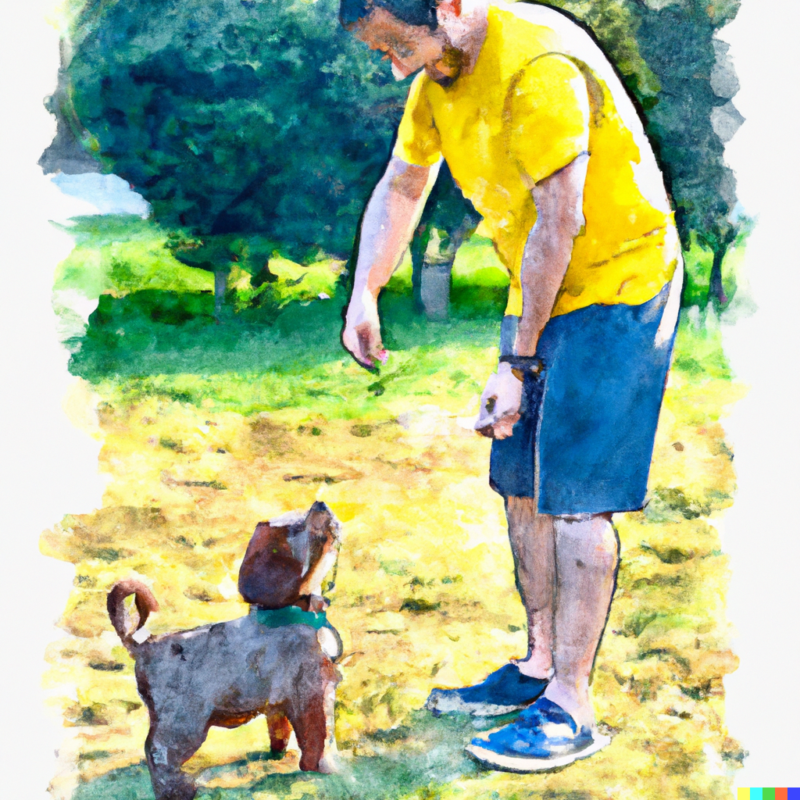
Your Puppy’s Name
Choosing a name for your puppy is essential in welcoming them into your home. Not only does it give them an identity, but it also helps you to create a bond with them. When you select a name for your pup, please make sure it has positive associations and is easy to pronounce. You can look through a library of fun dog names grouped by theme for inspiration.
Once you have chosen the perfect name, start teaching your puppy that their name equals positive, happy things. Call their name and reward them with treats or praise when they respond correctly. This will help them learn quickly and build trust between you two.
In addition to teaching your puppy their name, creating a routine for them when they first come home is essential for helping them adjust to their new environment. Choose a small area, such as a room or crate, where they can feel safe and secure during the first few days. Be consistent with feeding, sleeping, and playing times so that they know what to expect
Teach Basic Commands
Teaching your puppy basic obedience commands such as sit, down, and stay is integral to responsible pet ownership. In addition, signing up for a puppy training class can help you learn the skills and get exposure to other puppies. You are using treats, toys, or a clicker to motivate your puppy while training is also beneficial.
Additionally, teaching them the command “wait” is essential, which means they should not move forward until given permission. To prepare this command, use a doorway and tell them to wait before opening it. If they move forward, close the door and repeat until they understand. Once they have mastered the command, moving forward rewards them without needing a treat each time.
Training your puppy will take patience and consistency, but it will be worth it when you have an obedient pup that listens to commands. It’s important to remember that puppies are still learning, so wait to expect perfection! Start with simple controls like sit, down, stay
Unwanted Behavior: Chewing and Barking
Chewing and barking are two common behaviors that can be seen in puppies. Chewing is a natural behavior as they use their mouth to explore the world, but it can become problematic if not managed properly. Bitter apple spray can be used to stop a pup from chewing, and providing a variety of textures of toys for them to chew on instead will help redirect their attention away from unwanted objects. Additionally, treats and rewards when they chew on appropriate items will reinforce positive behavior.
Barking is another expected behavior in puppies that can become excessive if not managed correctly. Comforting and reassuring your pup when they bark will help prevent excessive barking. This behavior may also be supported outgrown by consistently telling your puppy that you don’t like being barked at or nipped/mouthed. With patience and consistency, these behaviors can be managed effectively so that your pup learns what is acceptable and what isn’t.
Potty Training
Potty training is an integral part of puppy parenting, and it can be a challenging process. To make the process go as smoothly as possible, it’s essential to establish boundaries and limits for your pup. Scheduling bathroom breaks after meals, playtime, and naps can help them learn when to go. Teaching a potty phrase like “take a break” can also signal when they need to go outside. When unsupervised, confine them in the crate, so they don’t have accidents in the house.
It’s important to remember that puppies do not have complete control of their bladder yet, so patience and understanding are essential during this process. Praise and rewards when they do something suitable will help reinforce good behavior. If you are frustrated or overwhelmed with potty training, take a step back and try again later. With consistency and dedication, your puppy will eventually learn how to use the bathroom properly!
Health, Exercise, and Grooming
Puppies require much care and attention to ensure they grow into healthy, happy adult dogs. Health, exercise, and grooming should be part of any puppy training program. A healthy pup is a happy pup – and happy pups are easier to train!
- Health: Regularly take your pup to the vet for check-ups. Make sure to follow up quickly on any suggested treatments or tests. Also, properly check your pup’s stool for signs of worms or parasites that can affect his growth and energy levels.
- Exercise is essential for puppies because it stimulates their bodies and minds and helps them learn boundaries, such as not jumping on people or chewing furniture. Training should be age-appropriate, low-impact, and of appropriate duration. Walks, obstacle courses, playtime with other dogs, interactive play sessions with toys, and swimming are all great options.
Find a balance between enough exercise, so they don’t become over-excited but not too much, so they don’t end up exhausted at the end of the day. Mental enrichment is also essential for puppies; puzzle toys, training games, nose work games, trick training, and licking can help them self-soothe and burn energy without engaging with you.
- Grooming: Proper grooming, such as nail clipping and brushing, prevents mats and tangles in the fur, which can be painful for the pup. Regularly brush your pup’s coat to remove dead hair and keep skin healthy. Working on teeth brushing will also ensure good dental health in the future – aim for three times a week with a gentle pet toothpaste specifically designed for puppies.
Crate Training
When crate training your puppy, it is essential to start slowly and gradually increase the amount of time they spend in the crate. Start by introducing them to the crate when they are calm and relaxed, then reward them with treats or toys when they enter it willingly. Make sure you never force your puppy into the crate or punish them if they don’t want to go in. With patience and consistency, your puppy will learn that their crate is a safe place to relax and feel secure.
Make sure to use the crate while you are home, such as when you are eating or doing chores, so your pup learns to be comfortable in the box even when you are around. But, again, consistency is essential for successful training!
Socialization
Socializing your puppy is an essential part of training, as it helps them learn how to interact with other dogs and people in a positive way. Start by introducing them to new people and animals in a controlled environment, such as a dog park or pet store. Make sure to reward them with treats and praise when they interact positively.
As your pup gets more comfortable, you can gradually introduce them to more challenging situations,s such as busy streets or crowded parks.
Leashes
Leashes are essential for teaching your puppy how to walk on a leash. It is important to start training your puppy early, as it will help them learn the basics of walking on a leash and prevent them from pulling or running away. Start by introducing them to the leash in a calm environment, then gradually increase the time they wear it. Finally, reward them with treats or toys.
Leashes are essential for teaching your puppy how to walk on a leash. It is important to start training your puppy early, as it will help them learn the basics of walking on a leash and prevent them from pulling or running away. Start by introducing them to the leash in a calm environment, then gradually increase the time they wear it.
Reward them with treats or toys when they walk calmly on the leash. Be consistent and patient with your puppy, as it may take time to learn how to walk correctly on a leash. However, with patience and consistency, your puppy will soon learn how to walk calmly and confidently on a leash.
Frequently Asked Questions
Disclaimer: The information provided on this veterinary website is intended for general educational purposes only and should not be considered as a substitute for professional veterinary advice, diagnosis, or treatment. Always consult a licensed veterinarian for any concerns or questions regarding the health and well-being of your pet. This website does not claim to cover every possible situation or provide exhaustive knowledge on the subjects presented. The owners and contributors of this website are not responsible for any harm or loss that may result from the use or misuse of the information provided herein.

